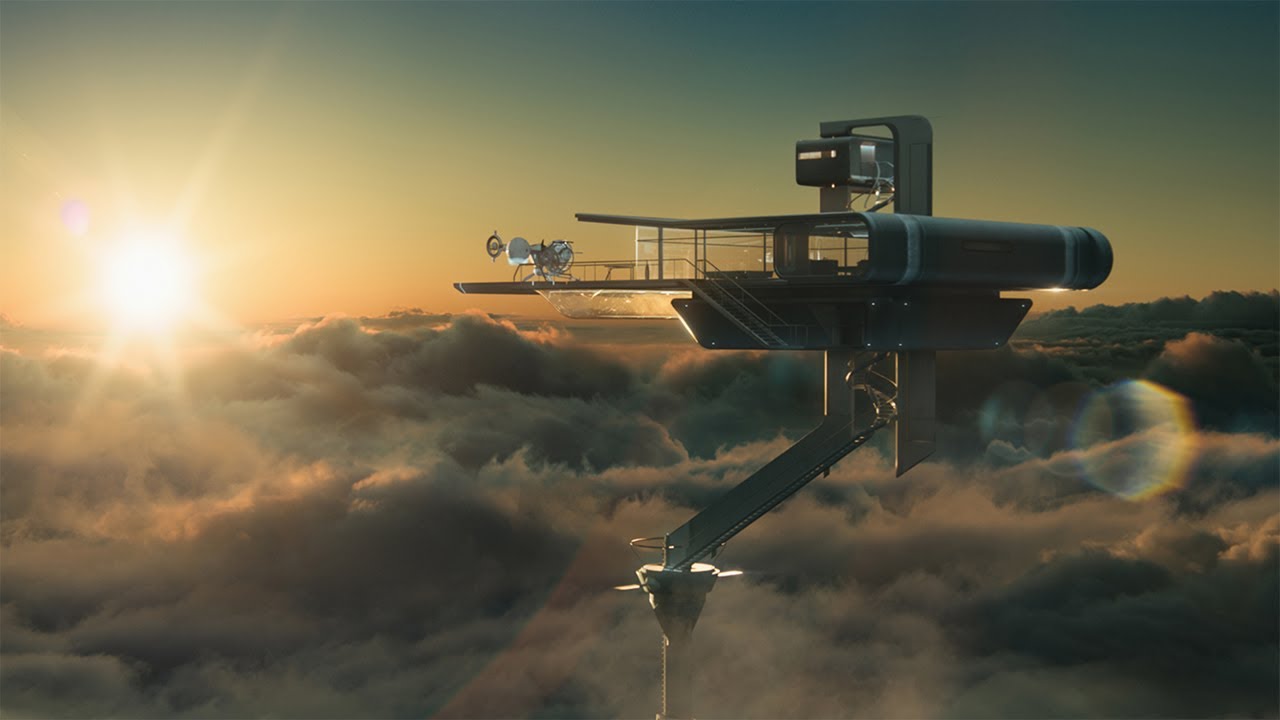Very cool. Not sure if this has been linked or not.
I saw this while watching a Corridor Crew video -> https://youtu.be/VbBBUHXPuvg?list=LLRo97pU_Zzd-OAhh6Xd8F8Q&t=292
It’s cool because they don’t have to artificially light the actors in the scene - the lighting comes directly from the studio environment. Plus, there’s no green/blue screen removal needed sense everything is filmed in camera.
Yeah, this is the kind of thing I have dreamed about for years. And I have some projects that would be a perfect fit.
This is an evolution of a system James Cameron developed on Avatar over 10 years ago.
Absolutely. It is interesting how large screen technology has kind of come full circle. Because if we are being honest, this was being done decades ago. Used to be projection of film onto a screen.
Just before digital editing and compositing came of age I met some people who were using some kind of special box and mirrors and glass to “composite” actors with footage from cameras and also a large stage with a 40 foot projection screen.
They called themselves, Ultra Matrix and they were operating in down town LA. Some engineers who split off from the Untimatte company.
Not sure what happened to them. They went out of business very quickly as everything went digital.
Looks cool!
Does this mean that compositing as it has been till now, is obsolete?
Also, do any of the FOSS game engines have tech like this, or plan to?
No, the screens aren’t high-res enough to work when being in focus, so there’s still greenscreen-work involved.
Like others have said it’s nothing new in the cinema world, but it’s starting to get a lot of attention because now you can just use a realistic looking fake environment, created in Unreal, and project it on the screen. Versus hiking to the top of a volcano to film the surround sky.
I love that all the out of reach tools of cinema past are starting to make it into the hands of the smallest of studios.
Oblivion
Rouge One and several others have used large screen backdrops for VFX.
Side Note: Some big advantages for using screen projection vs green or blue screens, you can hear from the video below, is no green or blue light spill onto the set and the actual light coming from the projection gives you the proper lighting for the scene,
It’s a big advantage for directors because they can see in camera what the scene looks like and compose around that. Must be great for actors too since they don’t have to imagine what the environment they’re acting in looks like. Since the Unreal engine is being used, you can switch environments, lighting, etc., on the fly without having to stop everything and set up new real-world lights and such. Imagine a scene where it starts outside, do some filming, move to an inside scene and do more filming, all without having to stop and set up new lights to try and match a CG environment.
Yeah, I think another underlying advantage is the overall cost of these kinds of things coming down.
For me this kind of goes back to my first use and exposure of LightWave and the Toaster. That brought a lot of possibilities (on a budget) to me as a filmmaker and was what got me into 3D. Previously for an indie those fX were basically inaccessible.
This tech is not cheap. But compared to going to ILM, you could build yourself a studio for a fraction of the cost of probably just a few seconds of ILM screen time.
I was really impressed when watching how T2 was made, at that part in the intro especially they used rear projection as well.
Considering also the limitations of technology at the time, you had, practical effects + miniatures + stop motion + CGI, all combined together. This is the perfect combo for making movies.
(22:07)
